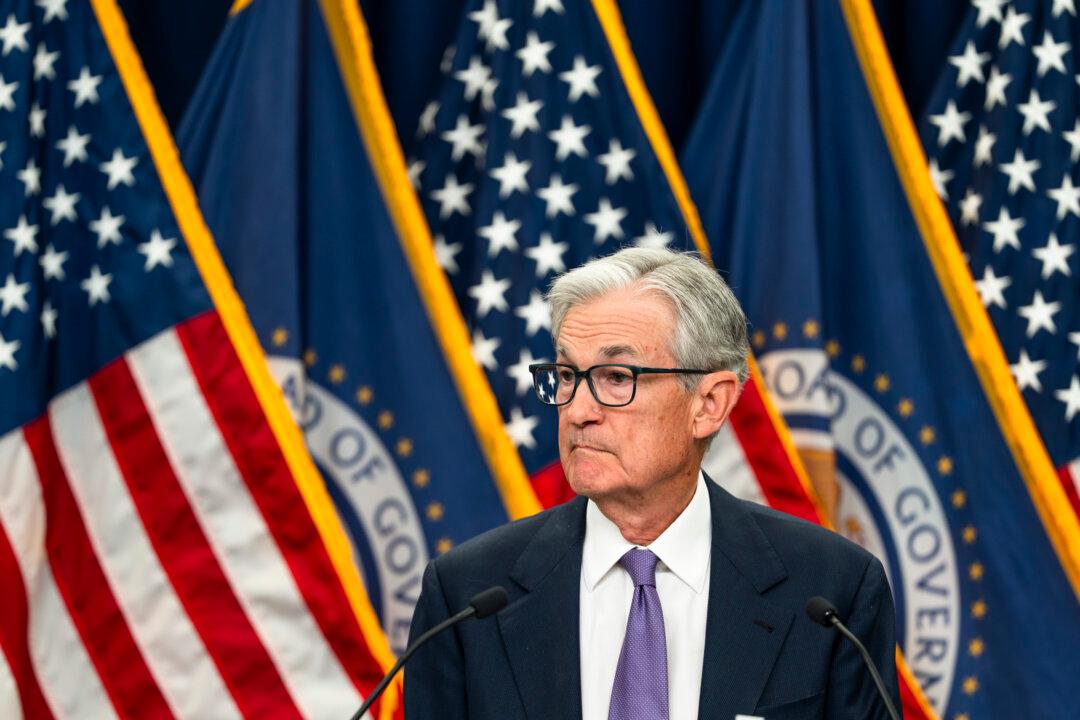U.S. Treasury securities might be losing their luster as a conventional safe-haven asset, a new report by the Institute of International Finance (IIF) says.
The United States was one of the few nations to witness an outflow of foreign investment in governments bond in 2020, according to the Washington-based trade association for the global financial services industry. Greece and Italy were the other countries to experience overseas funds fleeing their debt instruments.





